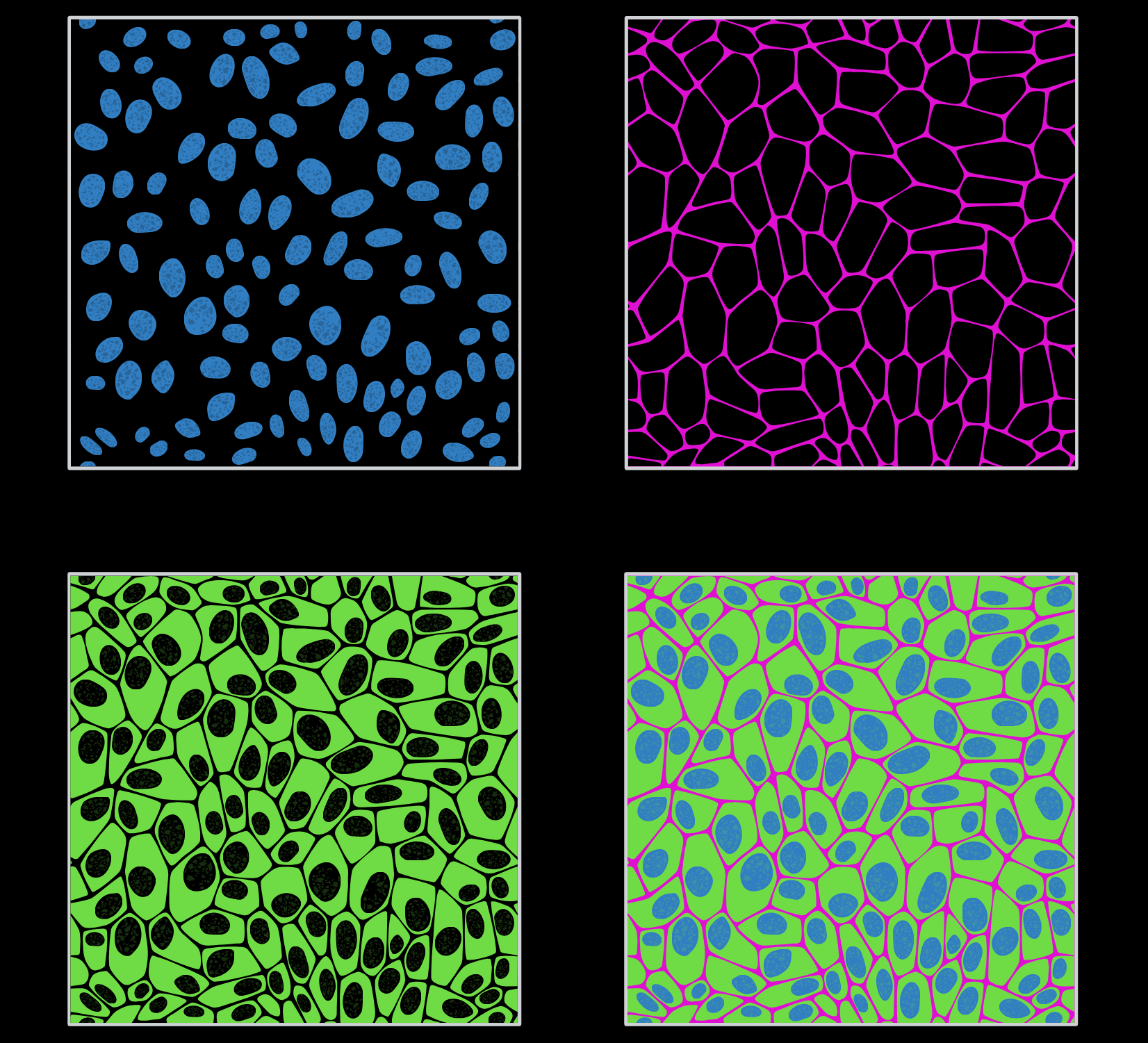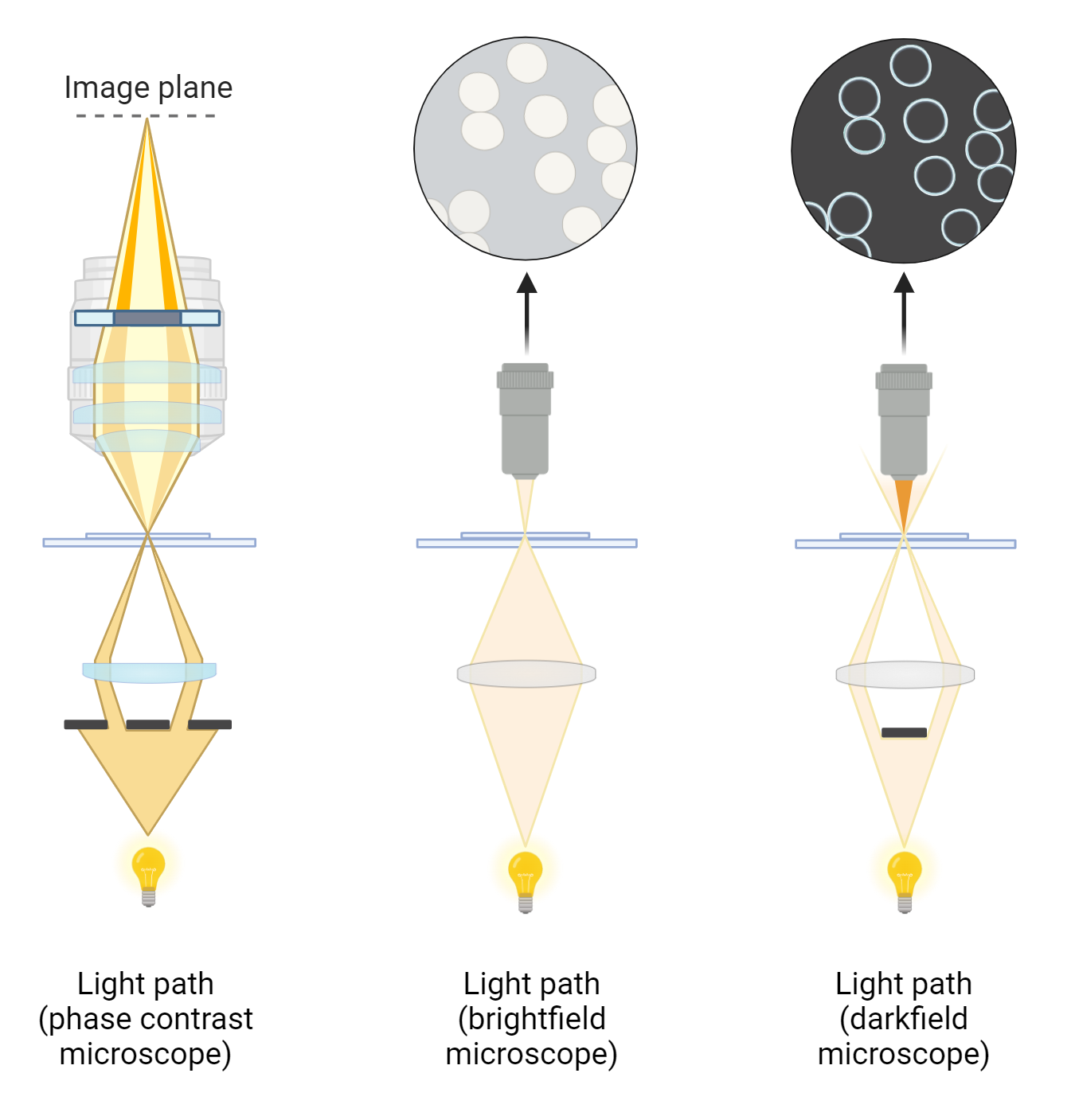-

Applications of Light Microscopy
Light microscopy has revolutionized the study of cellular structures and organization within the biological sciences. From simple cell identification and quality assessments to more advanced applications like protein dynamics and co-localization of proteins, this powerful tool plays a crucial role. Techniques such as phase contrast and fluorescence microscopy have significantly enhanced the visualization of specimens,…
-

Fluorescence Microscopy
Fluorescence microscopy is a pivotal technique in biological research, allowing the visualization of cellular structures and functions with enhanced contrast and resolution. By using fluorescent probes, GFP tagging, and advanced methods like TIRF, researchers can gain detailed insights into cellular processes. This study note covers the principles, types, and applications of fluorescence microscopy, highlighting its…
-

Microscopy
Light microscopy plays a crucial role in biological research, offering a means to visualize microscopic objects and macromolecules. By leveraging the principles of geometrical optics, various forms of microscopy, such as bright-field, dark-field, and phase contrast, enhance image contrast and resolution in unique ways. This study note delves into the fundamentals of light microscopy, including…
-

Light Microscopy
Light microscopy is a versatile technique used in various scientific disciplines such as biology, chemistry, and materials science. By illuminating a sample with light and capturing the transmitted image, this essential tool enables the study of cell structure, materials analysis, and scientific research. With its simplicity and ability to produce high-resolution images, light microscopy plays…
Categories
- Anatomy (9)
- Animal Form and Functions (38)
- Animal Physiology (65)
- Biochemistry (33)
- Biophysics (25)
- Biotechnology (52)
- Botany (42)
- Plant morphology (6)
- Plant Physiology (26)
- Cell Biology (107)
- Cell Cycle (14)
- Cell Signaling (21)
- Chemistry (9)
- Developmental Biology (36)
- Fertilization (13)
- Ecology (5)
- Embryology (17)
- Endocrinology (10)
- Environmental biology (3)
- Genetics (59)
- DNA (27)
- Inheritance (13)
- Histology (3)
- Hormone (3)
- Immunology (29)
- life science (76)
- Material science (8)
- Microbiology (18)
- Virus (8)
- Microscopy (18)
- Molecular Biology (113)
- parasitology (6)
- Physics (3)
- Physiology (11)
- Plant biology (26)
- Uncategorized (7)
- Zoology (112)
- Classification (6)
- Invertebrate (7)




